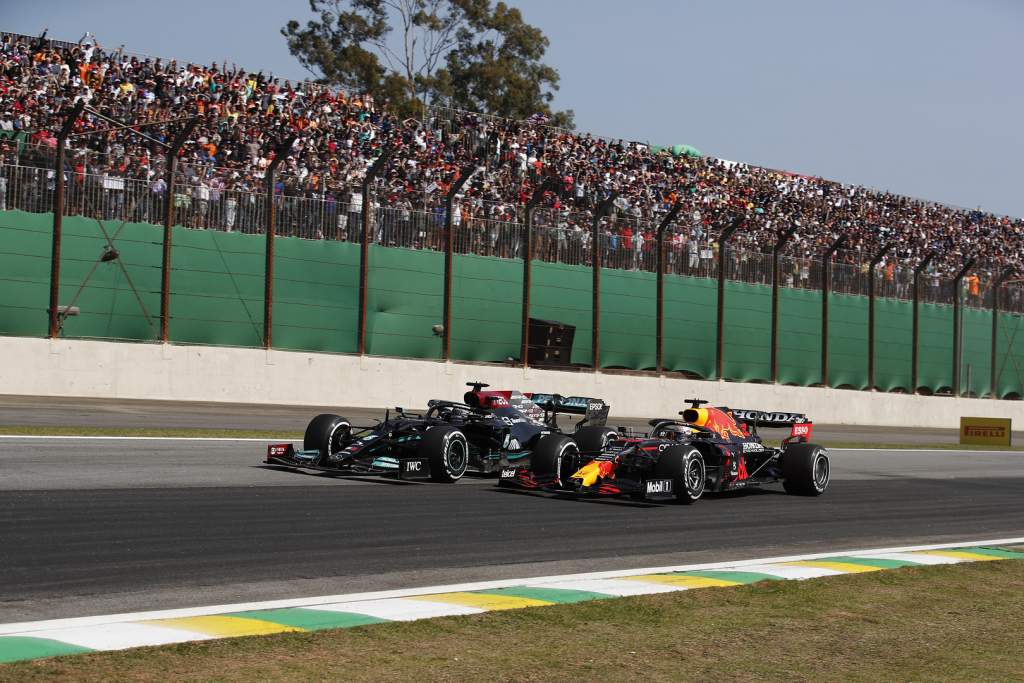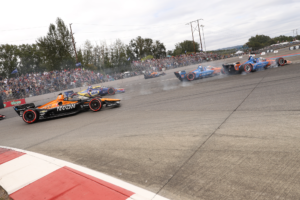Up Next

Mercedes’ efforts to get the Brazilian Grand Prix incident between Max Verstappen and Formula 1 title rival Lewis Hamilton reviewed have been dismissed.
A travesty, a missed chance to give F1 some clarity, or the correct outcome?
Our writers give their thoughts:
Precisely the outcome I expected
Scott Mitchell
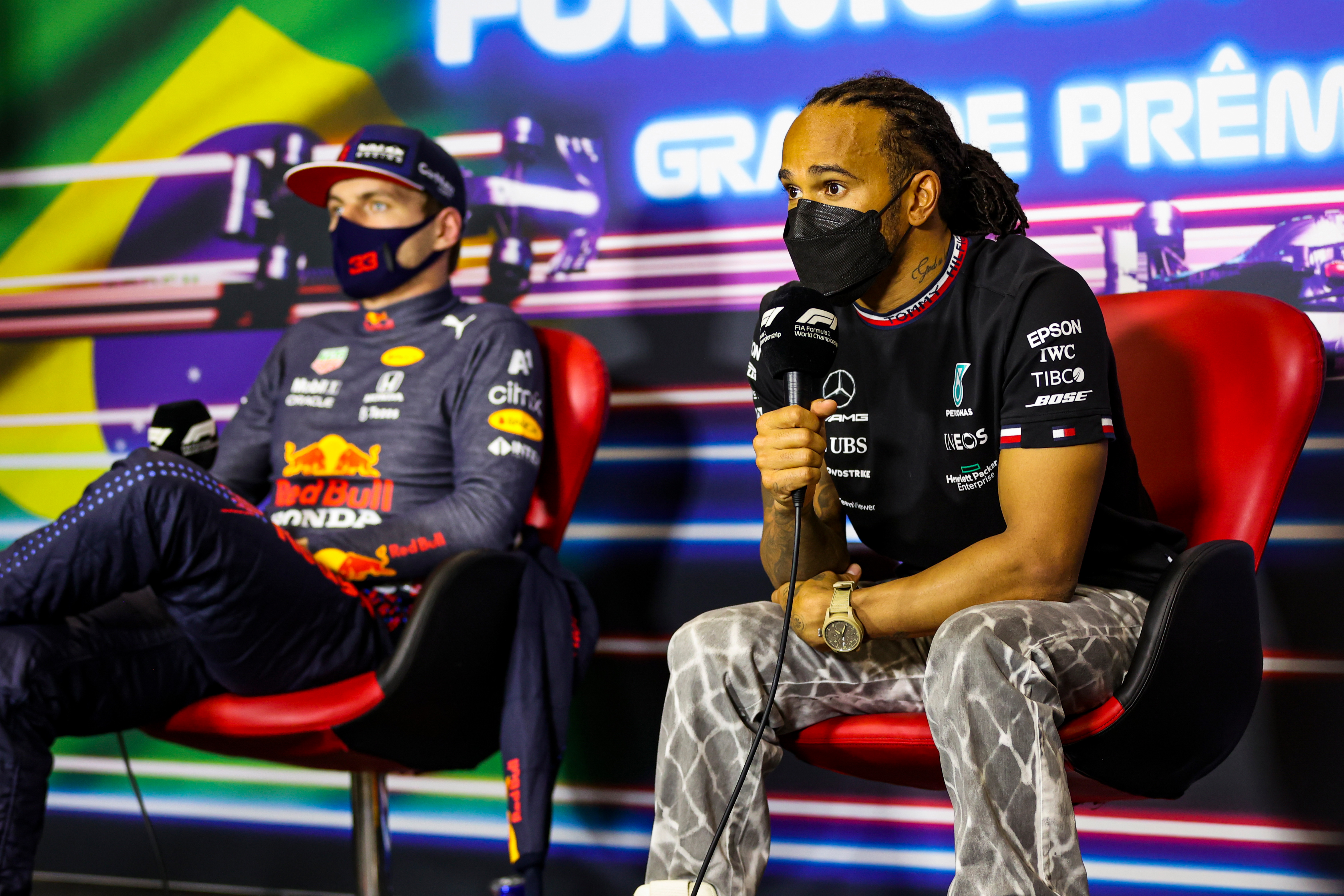
I doubted the stewards would really want to open this can of worms so suspect they’d try to avoid reopening it if possible – especially as the bar should be set quite high for a post-event review anyway.
They’ve used the ‘out’ I expected. On Sunday they knew the onboard footage wasn’t available. They could have investigated it after the race so they could wait for the footage to be downloaded, if they felt it was crucial to the decision.
Instead they made a conscious decision to judge the incident without the forward-facing camera. So there was already a moment during this process last Sunday where the stewards decided this footage wasn’t significant enough to influence their judgement.
That meant while it felt obvious the footage would be considered “new” and “relevant” the most likely way for it to be deemed inadmissible was not being “significant”. And that’s exactly what’s happened.
The real problem in all this is we’re still no closer to understanding why what Verstappen did was considered OK. And when you see just how divisive the incident was even among F1 drivers, you realise how significant that is.
The correct outcome but bad for consistency
Gary Anderson
I believe this is the correct decision relative to what happened in Brazil with the regulations as they were there.
Neither driver damaged their car and Hamilton, who was simply faster than Verstappen, went on to win the race so the best man won on that occasion.
However it does lead to a much bigger decision on how the FIA and the stewards go about making their decisions.
Consistency doesn’t exist and that is what everyone including the drivers want and need.
There needs to be a list of the requirements that the stewards can use to make these decisions and they need to be available immediately. The decision needs to be made within five laps of the incident.
We also need track limits to be policed much closer – use the white line on the inside or outside of all corners, lasting advantage or improving you position in the race means you have to give up a position, a faster lap in qualifying means that time is deleted immediately.
This will instantly change how everyone races
Glenn Freeman
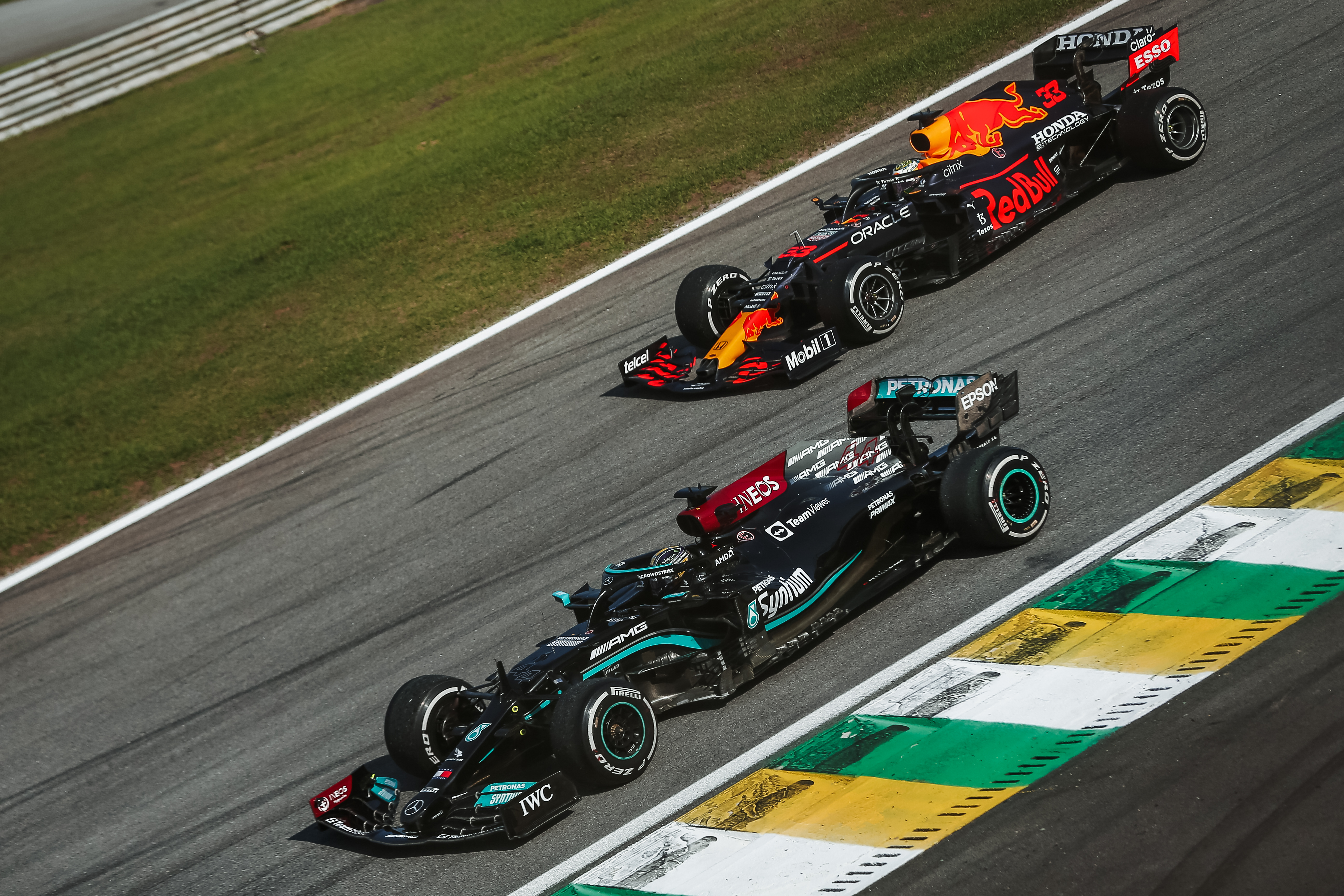
If Mercedes’ true intention with this saga was to get clarity on what’s allowed and what isn’t – which seems unlikely given it was a good chance to cost Verstappen some points – then at least we’ve now got that.
Now we can expect it to have an immediate impact, throughout the field. Over the remaining races of 2021, at some point a similar situation is going to arise between two battling drivers.
If the stewards on the day make a different decision to the one we have today, complete with awful repeated use of the phrase “play on”, there’s going to be uproar from whoever gets punished.
Everyone on the grid was waiting for this verdict. Based on what we’ve seen at other times this year, it appears the goalposts have moved. But if they are at least in a firm position now, everyone knows what’s allowed.
It’s up to the FIA and the officials to be consistent now. It could lead to some pretty explosive wheel-to-wheel racing, as drivers on the inside will now feel they can defend (or presumably attack?) by going deep into a corner, and providing the car on the outside avoids contact, and there’s asphalt run-off for them both to charge into, the stewards will rule “play on”.
A delayed penalty would’ve been a double travesty
Matt Beer
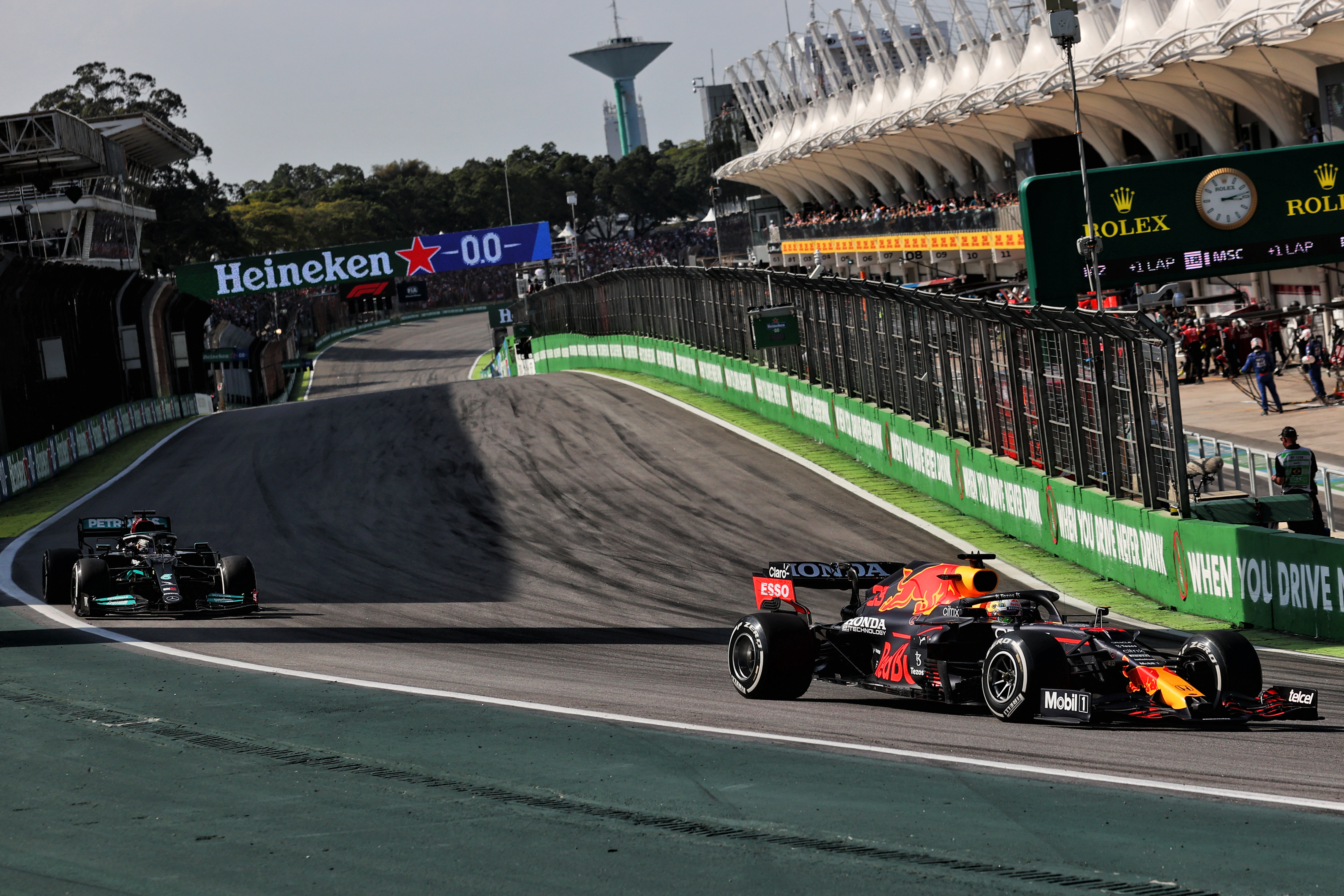
I know and accept the precedent from incidents such as the Lando Norris/Sergio Perez and Perez/Charles Leclerc clashes in Austria was that this should’ve been a penalty – and maybe if there’d been a gravel trap at Interlagos’ Descida do Lago like there was at those Red Bull Ring turns then it would’ve been already.
But following the precedent of some previous over-harsh decisions by penalising what felt like a fairly standard piece of late-braking inside-line defensive driving by a racer being attacked down the outside wasn’t a good enough reason to sanction a title contender in a race like that.
And it definitely wasn’t a good enough reason to change the result of that race nearly a week later.
There are so many nightmare grey areas around a ‘let them race’ policy, but it’s still the right goal to aim for and the decisions around this incident are a good step in that direction.
The waters have been muddied
Edd Straw
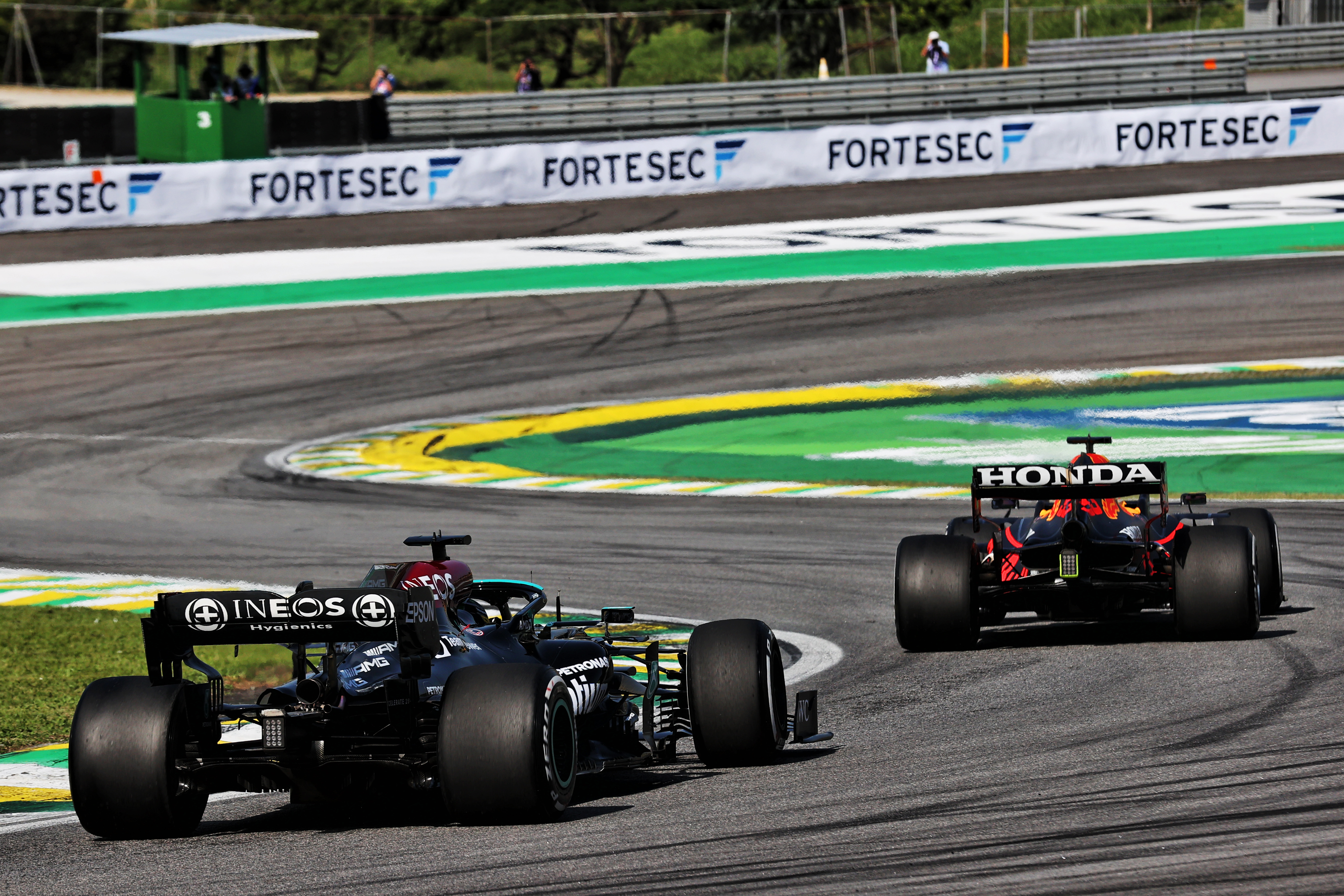
The stakes of this petition review were sky-high, but not just because of the possibility, now eliminated, that Verstappen might be hit with a penalty that costs him in his championship fight with Hamilton. As Mercedes team principal Toto Wolff said, there’s a principle at stake.
While I was never in favour of a retrospective penalty, had there been a review it would at least have allowed scrutiny of and a ruling on the circumstances of what happened.
Though no two incidents are truly identical, what might be called F1’s case law has endless precedents and principles that establish what is and is not allowed.
The incident in question clashed with a number of precedents previously cited by stewards this year that appeared to have established what was relevant in the case of a clash – including the principle of a car on the inside leaving space for one on the outside provided it is alongside (as seen at the Red Bull Ring with the Norris/Perez incident at Turn 4) and that of a car on the inside missing the apex and running wide being problematic (as seen at Silverstone with the Hamilton/Verstappen incident at Copse).
These are not trivial matters and they transcend the tribalistic disputes about whether or not Verstappen should have been penalised.
But just because what’s done is done and a retrospective penalty would be undesirable does not mean that any ruling from a review of the incident would not be beneficial.
That’s why the stewards’ decision not to permit the review leaves me ambivalent – it’s good no action will be taken, but bad that the chance to clarify the way the rules will be applied has been lost.
But there are other ways to establish what is and is not allowed. It’s now necessary for FIA race director Michael Masi to lay out exactly what is and is not permitted in the drivers’ briefing to ensure drivers know what not just what they should or should not to – but what they must or must not do.
Any driver must use what the rules allow to the maximum and based on Interlagos, a driver on the inside can take whatever line, and indeed run off the track, in defending with impunity.
That’s why this is about far more than Verstappen versus Hamilton. The hope is that now the review is off the table, this will be tackled properly by other means to avoid forcing drivers to change the way they race.
With the Interlagos lap-48 incident consigned to history, it can now be used as a case study to showcase to drivers what is and is not permitted – even if what is not permitted conflicts with what will stand in perpetuity as the stewards’ decision from that race.
Any incident like this needs to be investigated properly
Jack Benyon
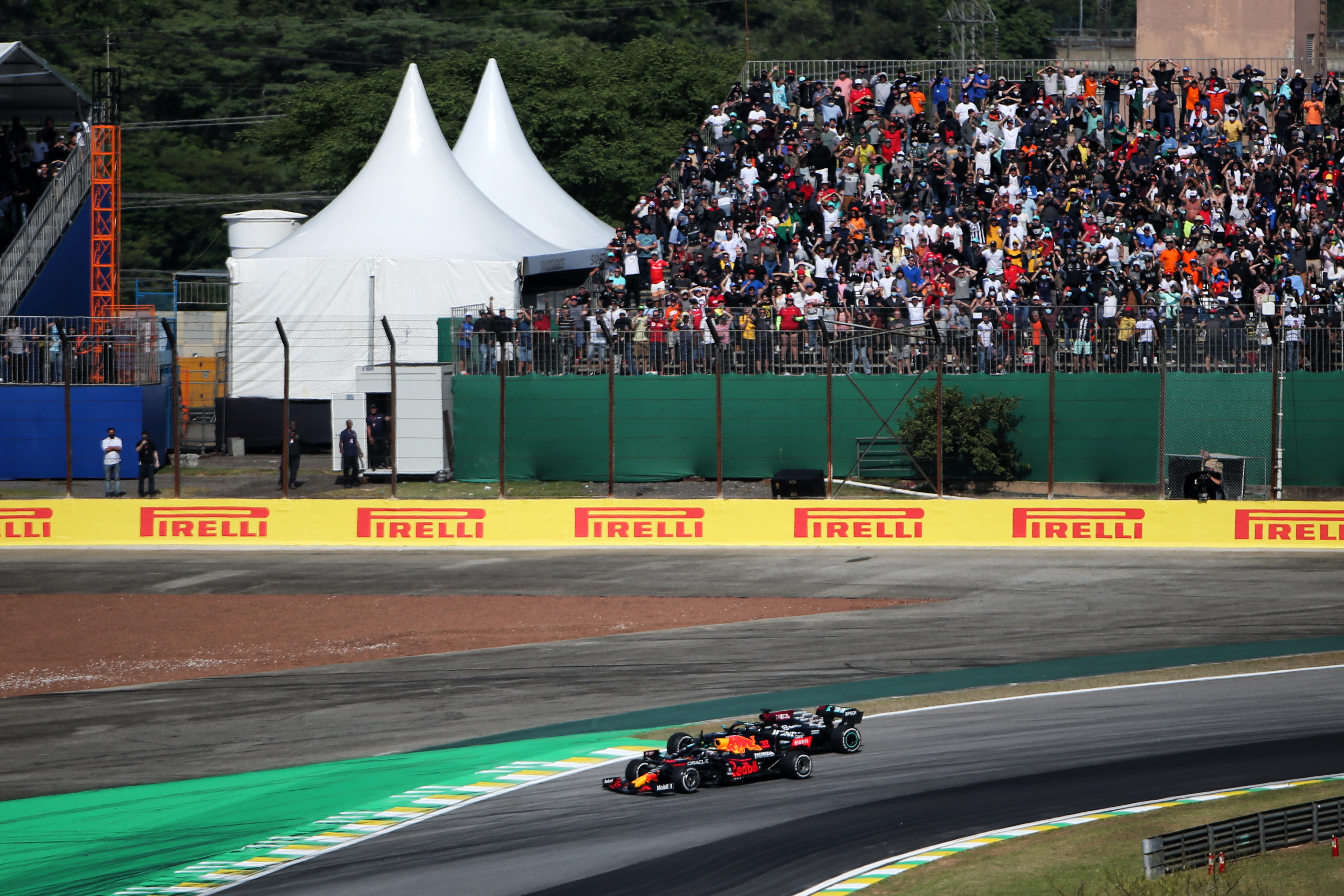
In football, most championship’s live video review system (VAR) is used sparingly to avoid slowing down the game into a stop-start mess.
But as F1 is continuous – and has extremely complicated TV direction that allows the use of multiple angles per car – how has it got to the point of not investigating a serious event at least in the background while the race rages on?
Every time a car goes off the track and it happens while dicing with another competitor, it should automatically have to be investigated and that should be in the regulations.
It is far too clear that this incident at least needed to be looked at with all the data. Perhaps the investigation would have ruled there was no penalty, but there needs to be consistency in how the championship is policed.
All today’s result has done is rule out an appeal, not establish whether there was wrong (or right!) doing in the first place. It’s robbing the fans and the teams – all of them, not just Red Bull and Mercedes – of a real explanation.
How that moment can be looked at without all the data and a definitive decision then be made – even without something as simple as a forward onboard camera, never mind the full telemetry – is beyond all reasonable sense.
Having no penalty goes against previous precedent set and there at least have ought to have been a proper investigation into how that differed to previous cases.
One other thing is for certain. A decision on an appeal for an incident that wasn’t investigated should not drag on until four and a bit days later. That also has to change.
He should’ve been penalised, but the moment had passed
Valentin Khorounzhiy

For my money, what went on in the Brazilian GP incident and subsequent non-investigation is what, in US sports media parlance, they tend to refer to as a “blown call”.
Verstappen committed a minor faux-pas and should’ve been penalised accordingly. He wasn’t.
The stewards’ reasoning remains pretty foreign to me, and it feels completely incongruous with how similar incidents have been dealt with in the past, but ultimately it was an in-race decision, and also still reasonably subjective – even if I completely disagreed with it.
Unfortunately, a five-second in-race penalty is just not the kind of thing that you should be able to apply or remove retroactively a week on. It is too minor, too circumstantial, and the evidence to go with it wouldn’t have had to be absolutely monumental – which the onboard angle simply wasn’t. It was no “smoking gun”.
Reversing course, opening an investigation, would’ve been akin to an informal sign of encouragement to every team disagreeing with an in-race penalty, or lack of one, to try to engage the stewards in a prolonged process of post-factum deliberation. “Playing the refs” would’ve reached all-new heights if teams got a sniff of even the slightest possibility of succeeding in such actions.
I still think the initial call was really bad, though ultimately fairly inconsequential – certainly not as consequential as Hamilton knocking out Verstappen at Silverstone and receiving a penalty minor enough to allow him to win the race. So, as far as the matter ‘the integrity of the title’ or whatever, we’re safe.
Still, it’s a call worth studying in-depth going forward, because I don’t think F1 wants its on-track duels to be governed like this.
Verstappen would’ve raced on differently if penalised
Mark Hughes
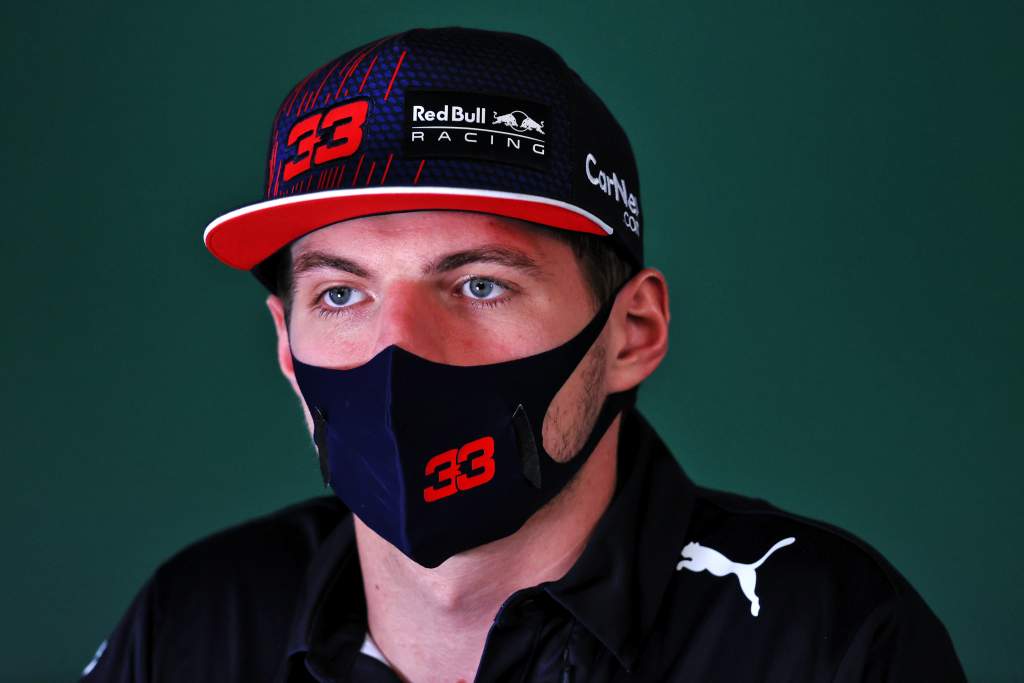
I think this decision has stopped the crack from getting any bigger.
The original decision was inconsistent with the FIA’s previous stance on such issues but once it had been made, to have then done something in retrospect would have been just plain wrong because Verstappen and Red Bull would not have run their race, post-incident, in the same way had they not received the judgement on screen that no further investigation was necessary. This allows everyone to just get on with the championship battle.
The whole system of coded penalties for driving offences is not satisfactory and needs to be reviewed. But for now this is a good outcome.


